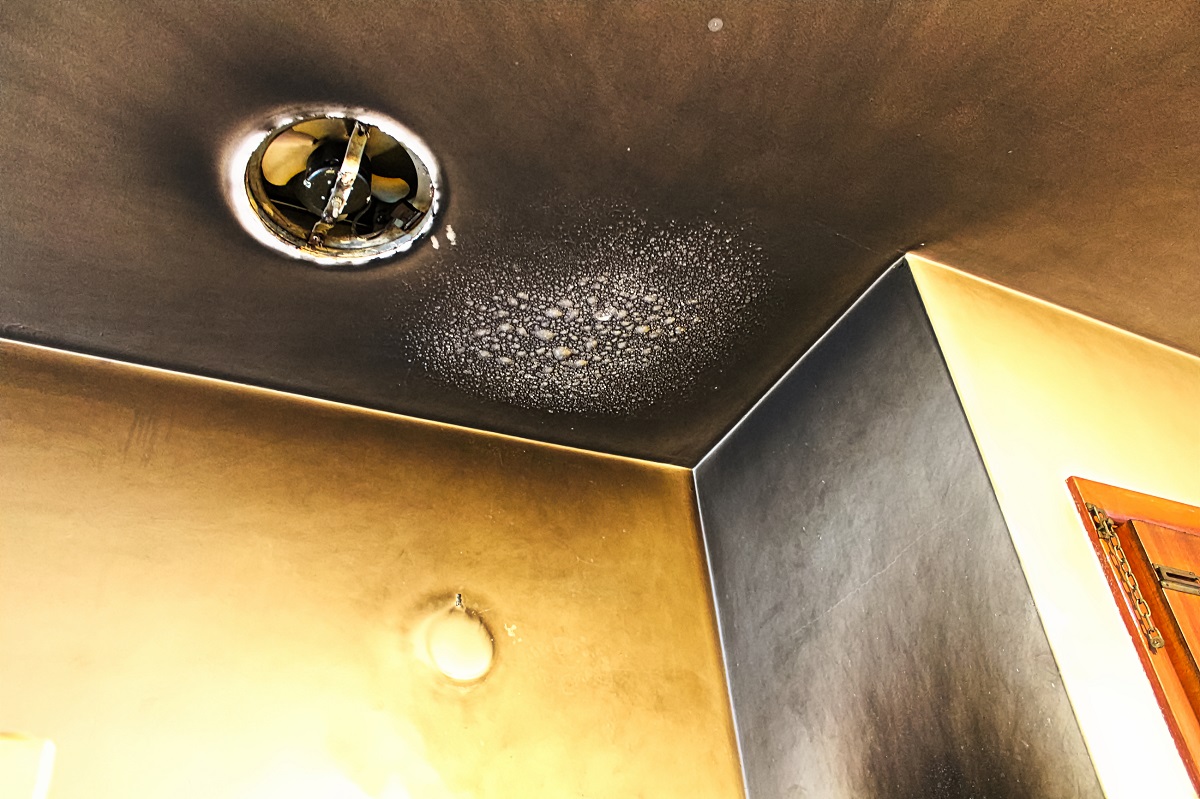Table of Contents
 An emergency kit is a collection of basic supplies you and your family may need in the event of a disaster. The kit should contain food, water and other items you may need to survive when you have to evacuate your home or live without basic services for several days. When a disaster strikes, you probably won’t have the time to gather all the supplies in a kit. Thus, it’s important to create the kit in advance and keep it in a safe but easy-to-reach place.
An emergency kit is a collection of basic supplies you and your family may need in the event of a disaster. The kit should contain food, water and other items you may need to survive when you have to evacuate your home or live without basic services for several days. When a disaster strikes, you probably won’t have the time to gather all the supplies in a kit. Thus, it’s important to create the kit in advance and keep it in a safe but easy-to-reach place.
A basic emergency kit should include:
- Water for drinking and sanitation to last at least 3 days; one gallon of water per person per day should suffice; sick people, children or nursing mothers may need more water, though;
- Non-perishable food for at least 3 days; foods that make you thirsty should be avoided;
- A first aid kit that may include prescription medication, scissors, tweezers, cloth tape, antibiotic ointment, adhesive bandages, non-latex gloves, etc.;
- Hand crank or battery-powered radio (tuned in to NOAA Weather Radio), as well as spare batteries;
- Flashlight with extra batteries;
- Whistle to call for help;
- Dust mask, plastic sheeting and duct-tape for shelter making;
- Moist towelettes and garbage bags for sanitation;
- Pliers or a wrench to turn off utilities;
- Can opener;
- Local map(s);
- Cell phone with an extra charger.

Optional items to include in an emergency kit:
- Essential documents, such as IDs, birth certificates, bank account records or insurance policies;
- Extra clothes, warm blankets and sleeping bags if the climate you live in is usually cold;
- An extra pair of glasses;
- Infant formula and diapers;
- Matches to light a fire;
- Personal hygiene items for women;
- Plastic plates, cups and cutlery;
- Games, books and other items to pass time.
Other tips:
- Keep an emergency kit at home, work and in your vehicle in a designated place. At home, make sure all family members know where the kit is.
- Put the kit in one or more containers, such as a backpack or suitcase with wheels. Keep all sensitive items in the kit in airtight plastic bags to protect them.
- Keep the food in a non-humid, cool place. Replace any foods that have gone bad or cans that have swollen. Replace water and food supplies every 6 months.
- Throughout the year, maintain and update your kit, according to your family’s needs.
Remember that creating a family evacuation plan and preparing your home for emergencies are also very important to protecting your family and your property in the event of a disaster. For professional fire, smoke, flood or mold restoration services in Miami, Coral Gables, or any area in South Florida, contact us on +1 305 894-4343.
How often should I update my emergency kit?
It’s recommended to review and update your emergency kit every six months. This ensures that all items, especially food and water, are fresh and that the kit meets your family’s current needs.
Can I store my emergency kit in a garage or attic?
It’s best to store your kit in a cool, dry place that is easily accessible. Avoid garages or attics if they are subject to extreme temperatures or moisture, as this could compromise the integrity of your supplies.
Should I include cash in my emergency kit?
Yes, it’s a good idea to include a small amount of cash in your kit, as ATMs and credit card systems may be down during an emergency.
How much food and water should I store for pets?
Store at least three days’ worth of food and water for each pet. Be sure to include any specific needs, such as medication or comfort items.



